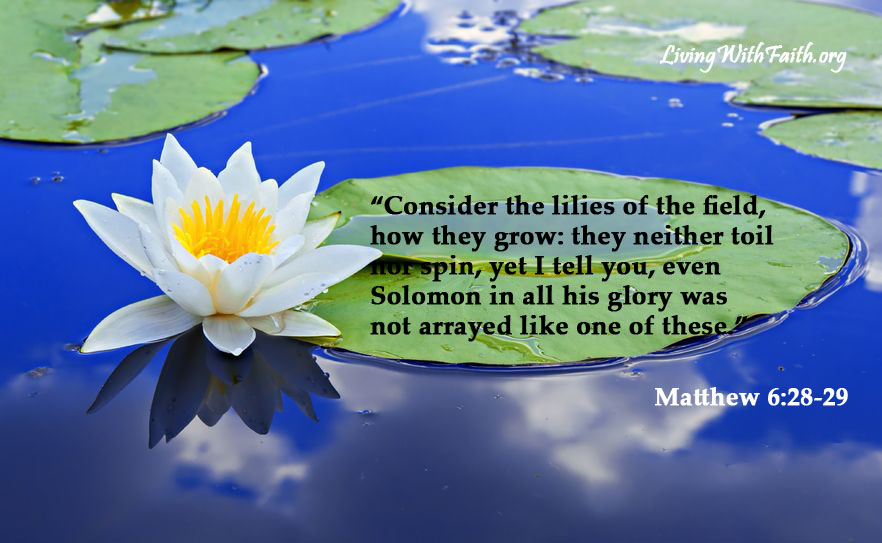
This dramatic story from the Old Testament is the background to something Christ said to the Pharisee Nicodemus: “Just as Moses lifted up the snake in the wilderness, so the Son of Man must be lifted up, that everyone who believes may have eternal life in him” (John 3:14-15).
The parallel mentioned by Christ makes it clear that the serpent erected on a stake by Moses was not some kind of healing idol, but a symbol of sin and evil – a foreshadowing of the fact that Christ would personify sin in taking upon himself all mankind’s sin and evil (1 Peter 2:24) on the stake of crucifixion. But there is much more that we can say about the strange incident of the serpent on the stake.
In his classic book, The Pursuit of God, A. W. Tozer commented many years ago that there is an interesting parallelism between the original account and what Jesus said about it. Tozer pointed out that when the Israelites “looked at the bronze snake, they lived” (Numbers 21: 9, emphasis added) and that everyone who “believes” on “the Son of Man who must be lifted up” would have eternal life (John 3:15). As Tozer pointed out, it is clear that “looking” on the serpent was the equivalent of “believing” on Christ – that looking and believing are in a sense equal, that faith is in a very real sense “looking” without the eyes, or beyond what the physical eyes see, to a reality that saves.
Although Tozer did not develop the principle further, this understanding helps us to correlate a great number of scriptures that speak of “looking” with the concept of faith, and in so doing perhaps helps us to better understand faith itself. Think, for example, of these words from the Psalms: “Look to the Lord and his strength; seek his face always” (Psalm 105:4); these from Isaiah: “Look to Me, and be saved, All you ends of the earth! For I am God, and there is no other” (Isaiah 45:22), or these from Micah: “But as for me, I will look to the Lord; I will wait for the God of my salvation; my God will hear me” (Micah 7:7).
The principle is one to utilize in study of the Scriptures. When we read “look to” in the Bible, we should often think “believe in.” It’s a simple fact that gives new meaning to many verses – or perhaps helps us see the original meaning that was there all along.







 RSS Feed
RSS Feed
